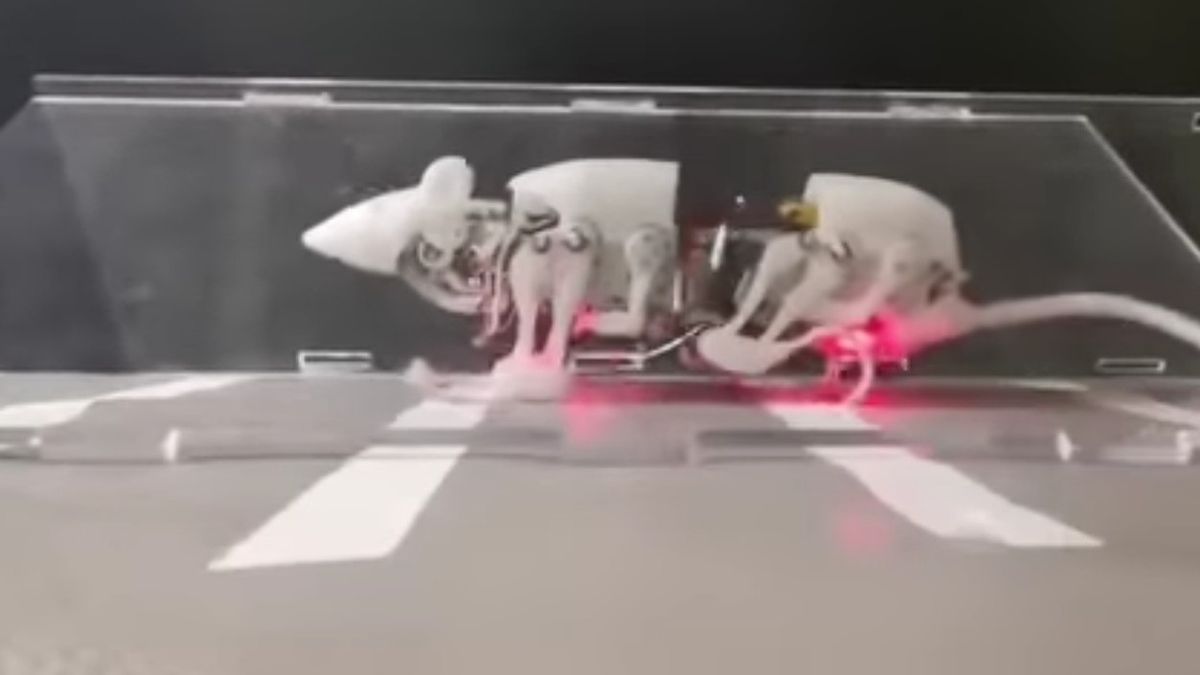JAKARTA - A robot mouse has been successfully created by Chinese scientists, which is useful for carrying out post-disaster rescue missions and will be launched commercially in 2025.
“Robot mice can be sent into earthquake rubble or collapsed buildings where the debris forms a space too narrow for rescuers to enter. It can provide emergency rations to people trapped under debris," said lead author Shi Qing, a professor and deputy director of the intelligent robotics institute at the Beijing Institute of Technology.
“It can also navigate complex underground pipelines, a key part of smart city development. Larger inspection robots can bring robotic mice into the network, where they can be used to enter smaller pipes for detection tasks."
Apart from being able to break through tight spaces, climb slopes, pass through obstacles and walk on snow, this robotic mouse can also be used to carry medical supplies or emergency rations to places that rescue teams cannot reach after an earthquake.
In creating this smart robot mouse, Qing was not alone, he and a team of researchers from the Beijing Institute of Technology and Tsinghua University published their findings in the peer-reviewed journal IEEE Transactions on Robotics this month.
Armed with X-ray recordings, the team was able to observe the structure of the mouse's skeleton and build a robot, which could be assembled with 3D-printed parts in about a week.
The head and body of the robot rat itself are made of photosensitive resin, and high-strength nylon forms four limbs to ensure strength and rigidity that closely resembles that of a mouse.
It also has a tail made of soft rubber, which can move up and down to maintain balance while moving. This robot rat travels at an average speed of 15cm per second and has a payload of 200g for mounting sensors or transporting light goods.
The robot measures 19cm (7.5 inches) long and weighs 220g (7.8oz), is powered by a solar rechargeable battery that lasts for 30 minutes and is controlled remotely via WiFi using a computer or phone.
The team has been improving prototypes since 2019 and expect the robot to be ready for market launch by 2025. They say they will continue to improve the robot, including increasing its agility, installing more sensors for field tests in unstructured narrow pipelines and making machines watertight.
The English, Chinese, Japanese, Arabic, and French versions are automatically generated by the AI. So there may still be inaccuracies in translating, please always see Indonesian as our main language. (system supported by DigitalSiber.id)











